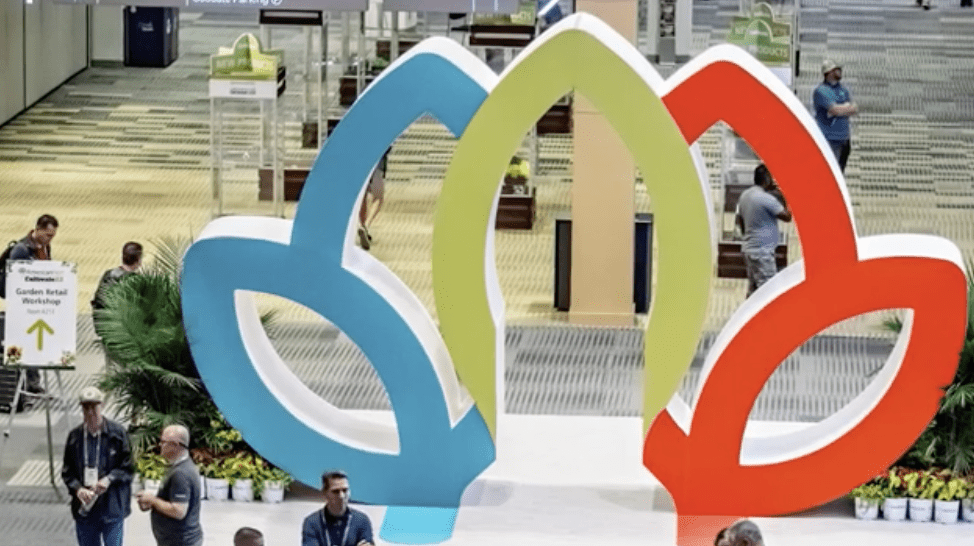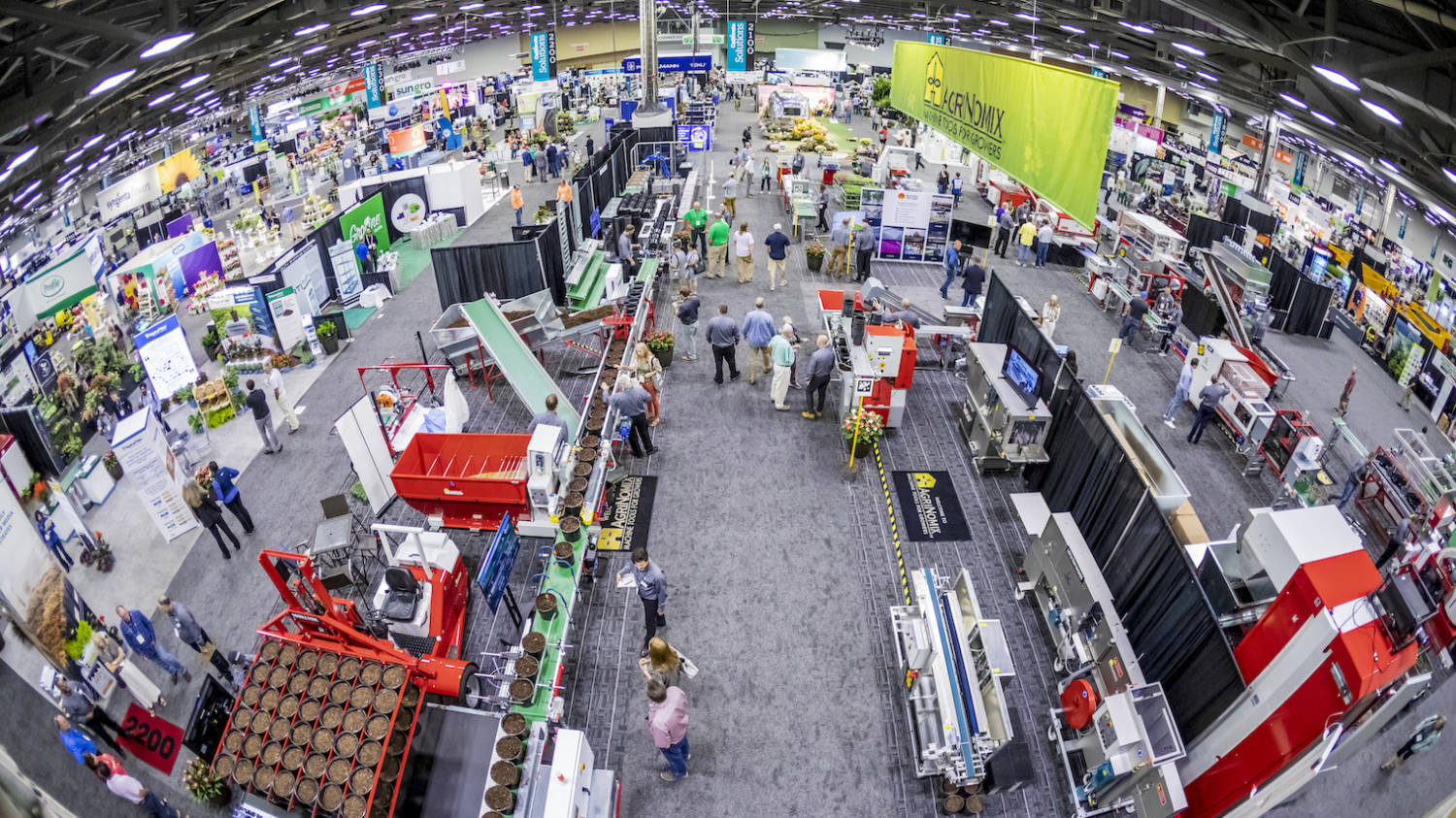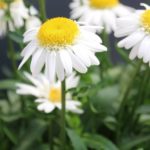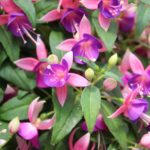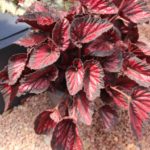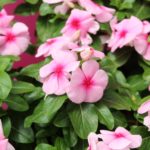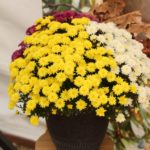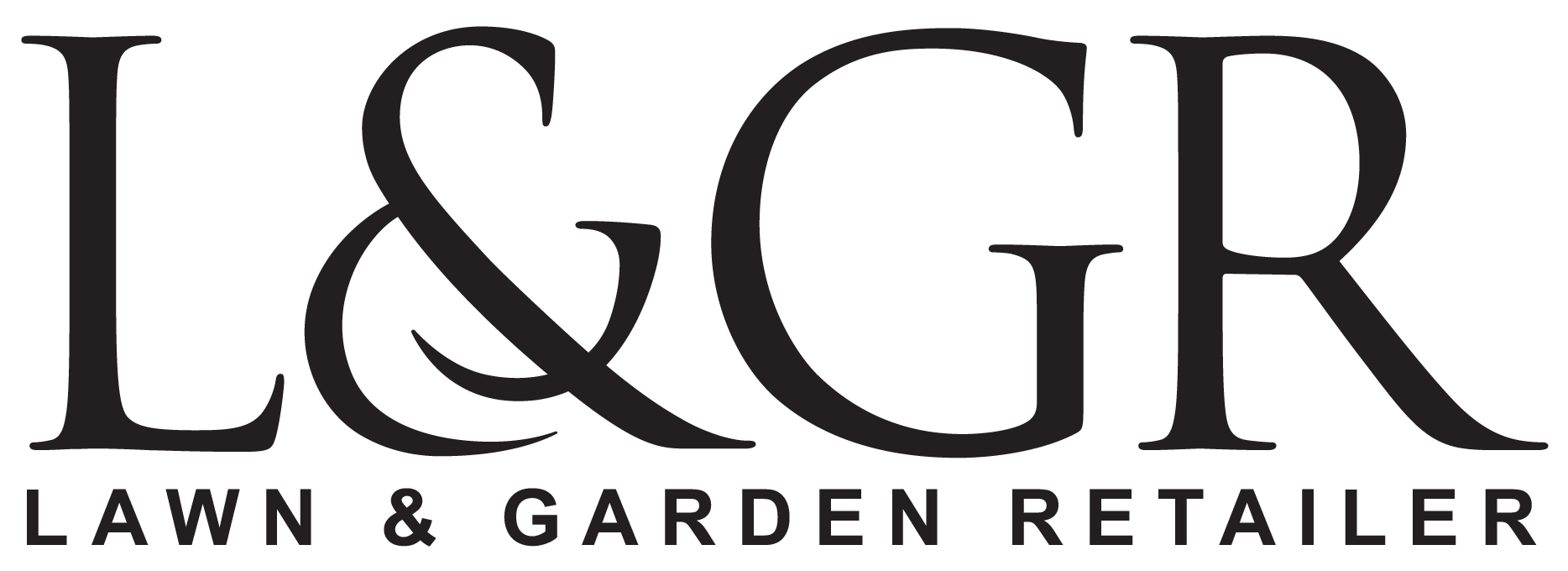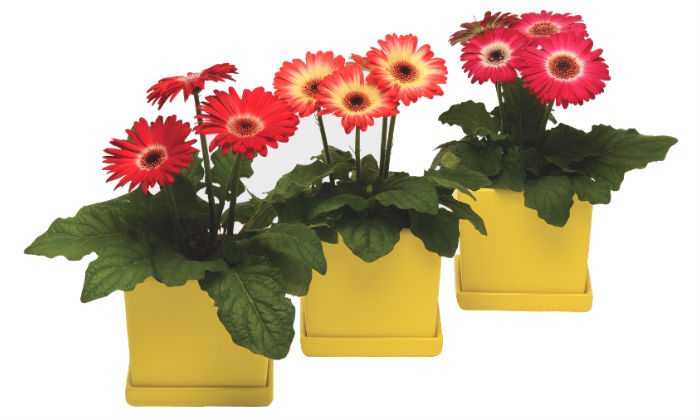
Culture Report: Gerbera Revolution Series
The Revolution series from Kieft Seed is the leading pot gerbera for uniformity of flowering window across its entire color range. Its high uniformity enables consistent, fully programmable, high-density crops year round for 41⁄2- to 5-inch pots or quarts. The large-flowered Mega Revolution series is bred specially for 6-inch programs. New for the 2017 retail season is a collection of bicolor gerberas for added consumer appeal to brighten their living spaces. To grow the best Revolution, here are a few production guidelines to consider.
Germination
Use a well-drained, peat-perlite mix with good aeration, with a pH of 5.5 to 5.8. Plug tray sizes range from 128 to 144. Sow one seed per plug. Dibble is important to ensure central seed placement in the cell. Cover the seeds lightly with coarse to extra-coarse vermiculite to prevent drying out.
Stage 1
Germination takes four to seven days. Maintain a soil temperature of 70 to 74° F. Light is optional. Keep soil saturated (level 5) during Stage 1 for optimal germination. Maintain 95 percent relative humidity (RH) in chamber or germ tent on bench until radicle emergence. No fertilizer in this stage.
Stage 2
Maintain moderate light levels, up to 2,500 foot-candles. Start to slightly reduce soil moisture (level 4) to allow the roots to penetrate into the media. Following radicle emergence, 85 to 90 percent RH is preferred. Reduce to 80 to 85 percent RH by end of Stage 2. Rapid reduction in humidity can result in decreased uniformity. Apply fertilizer at less than 100-ppm nitrogen and EC less than 0.7 from nitrate-form fertilizers with minor elements added.
Stage 3
Recommended soil temperature is 68 to 72° F. Increase light slightly to moderate levels — 2,500 foot-candles. It is critical to allow media to dry until surface becomes light brown (level 2) before watering. Keep the moisture level at wet-dry cycle (moisture level 3). Also during this stage, continue humidity reduction to build stress tolerance and support normal seedling growth. Increase fertilizer to 100- to 125-ppm nitrogen and EC at 0.7 to 1.0 from nitrate-form fertilizers plus trace elements.
Stage 4
Recommended soil temperature remains 68 to 72° F. Increase light to 3,500 to 5,000 foot-candles. Moisture and humidity are the same as Stage 3. Increase fertilizer to 125- to 150-ppm nitrogen with EC at 0.7 to 1.0 from nitrate-form fertilizer plus minor elements.
Note: During plug production, fine drip or mist is best. Avoid water below 58° F. Cold water will cause foliage to cup or become hard and brittle. Avoid over-rooting of plugs prior to transplant.
Growing on to Finish
Use a well-drained, disease-free, soilless medium with pH of 5.5 to 6.0 and a medium initial nutrient charge. Uniformity at all stages will greatly increase uniformity of overall crop. Do not compress soil. Transplant uniform graded plugs approximately 1⁄4 inch above the soil level in the pot. They will settle a little after watering. Crown should be at soil level after watering. Do not pot too deep as this may result in crown rot.
Temperature
Night temperature at 62 to 66° F and day temperature at 66 to 68° F are preferred; temperatures above 85° F are detrimental to quality. Temperature at 65° F nights are beneficial for the first two weeks after transplant. After that, nights as low as 60° F can be tolerated.
Light
Gerbera prefers high light. After potting, recommended range is 4,000 to 6,000 foot-candles. Shade should be applied when levels are above 7,000 foot-candles.
Irrigation
Gerbera likes a moderate to drier soil condition. Even immediately after transplanting, moderate watering will suffice. Best is to wait around one day after potting with watering. Only in case of hot weather it’s needed to water earlier. Overwatering is a common cause of lower quality and crop losses.
Growth Regulators
Plant growth regulators can be used to reduce stretching. B-Nine/Alar (daminozide) can be applied at 1,000 to 2,500 ppm (1.2 to 3.0 g/l of 85 percent formulation or 1.6 to 4.0 g/l of 64 percent formulation) one to two times with an interval of nine to 10 days to reduce stretching. Do not apply when flower buds are the size of a pea or larger to prevent decrease of flower size and a delay in flowering.
No pinching is necessary. Space plants when leaves are touching generally five to six weeks after transplant.
Fertilizer
Avoid excessive ammoniacal nitrogen as it will cause excessive leaf growth and lower bud counts. Extreme levels will burn roots and deteriorate crop quality. Once every two to three weeks, drench the crop with a solution containing 1 lb. MgSO4 and 1 oz. FeEDDHA per 100 gallons of water (1:100 injector). Recommended pH range is 5.6 to 6.2.


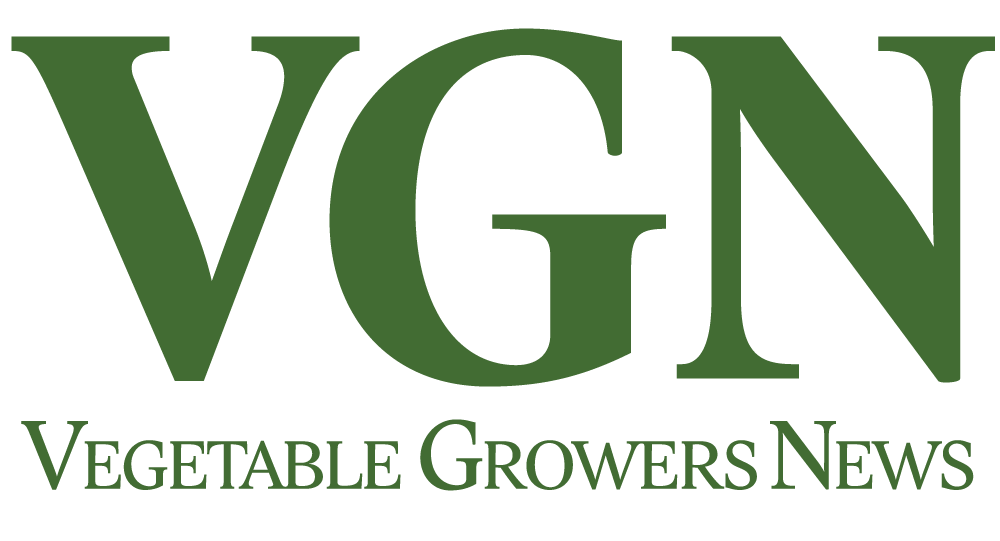
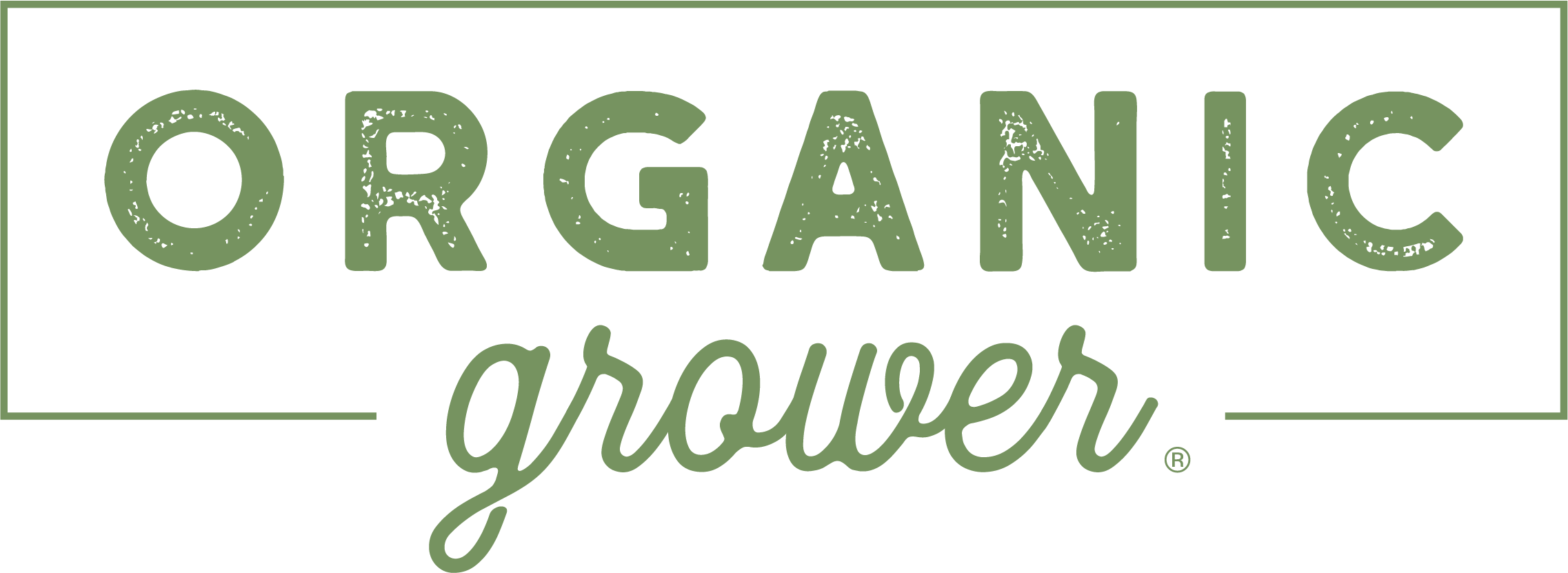




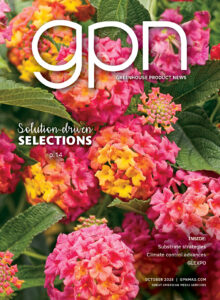
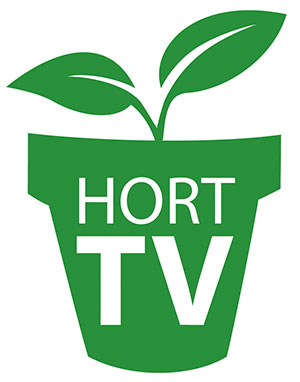 Video Library
Video Library 